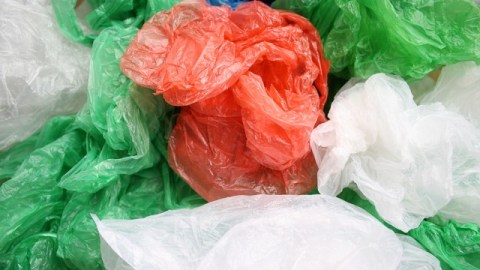Turning Plastic Grocery Bags Into Carbon Nanotubes

What’s the Latest Development?
University of Adelaide PhD student Tariq Altalhi vaporized pieces of plastic grocery bags in a furnace to create carbon layers, which were then used to line alumina membranes containing nanoscale pores. The resulting carbon nanotubes represent a “new and simplified method of fabrication…using a waste product as the carbon source,” says nanotechnology research professor Dusan Losic. He adds that the Nanotech Research Group had formerly used ethanol to produce carbon nanotubes, but Altalhi came up with the idea of using plastic grocery bags in the belief that any carbon source should be usable.
What’s the Big Idea?
The method could help solve two big problems: the longstanding issue of what to do with non-biodegradable plastic bags and the challenge involved in producing carbon nanotubes — whose unique properties make them valuable in a number of different applications — in a more affordable and uniform manner. In addition to its simplicity, “[t]he process is also catalyst and solvent free, which means the plastic waste can be used without generating poisonous compounds.”
Photo Credit: Shutterstock.com





